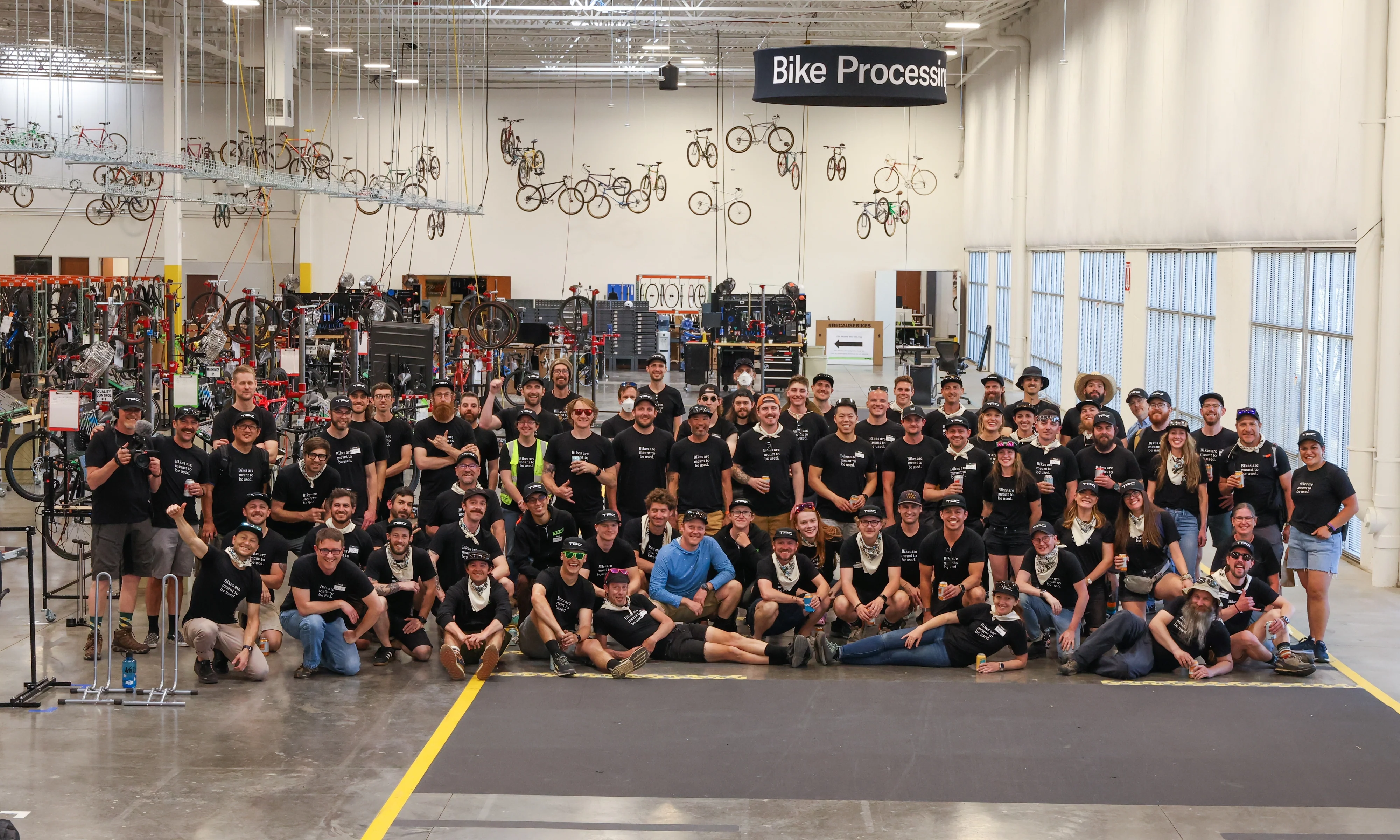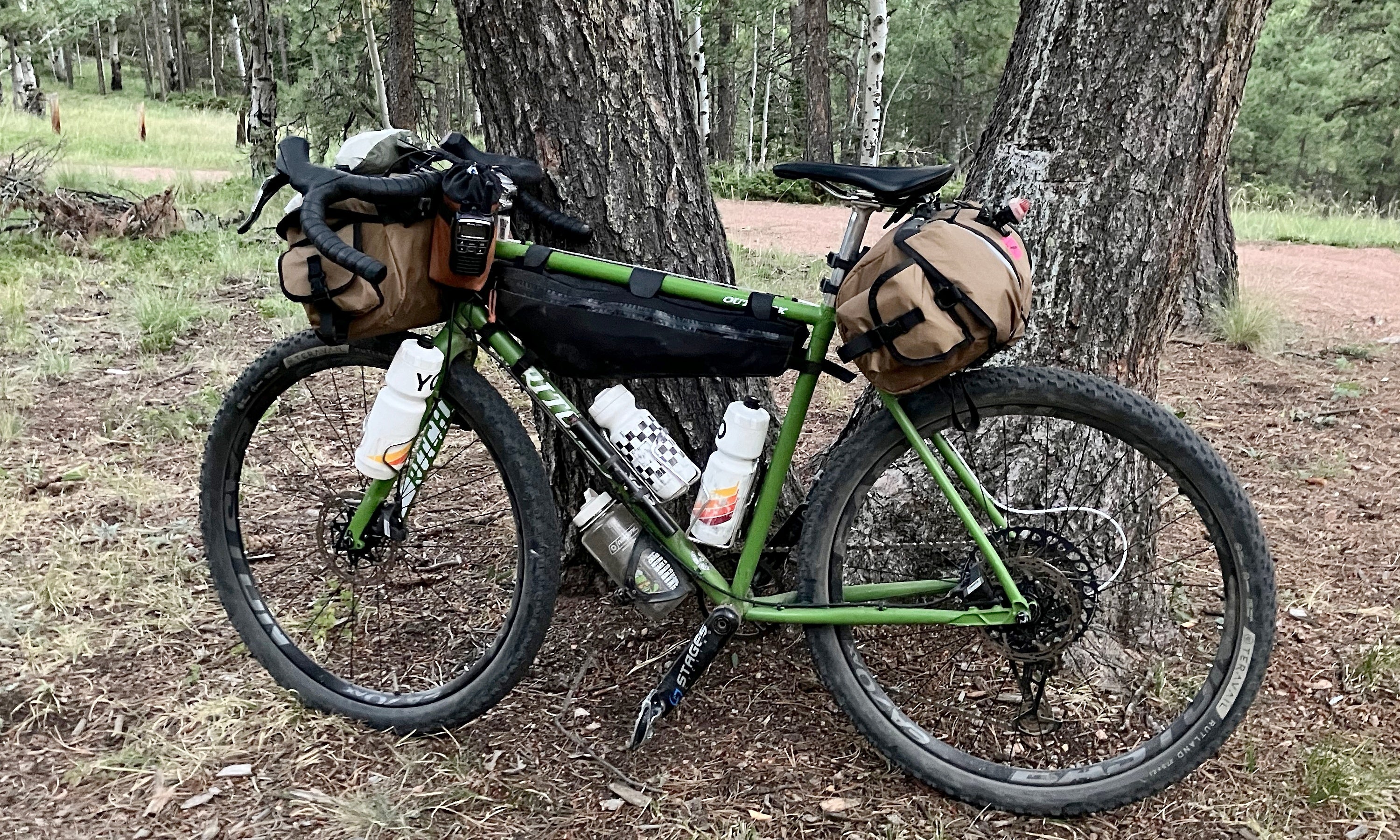Now that I’ve finished Unbound Gravel, it’s time to look forward to my next big goal of the year — the Leadville Trail 100 MTB! The Leadville 100 is one of the oldest and most well-known mountain bike races in the country. It’s also VERY HARD.
Leadville has been on my bucket list for a long time. Unlike Unbound though, it is a completely new race for me. With steep grades and thin air, I’m definitely going to suffer. Honestly, I’m freaking out a bit.
Fortunately, there are several riders here at TPC who have raced and finished Leadville before. I managed to convince three of them — Chris, Craig, and Seth — to sit down and give me some advice on strategy, equipment, nutrition, and what to expect on race day.
We ended up talking for nearly 45 minutes! There was so much good information that I decided to leave most of it in the video. If you’re doing Leadville for the first time or dreaming of doing it in the future, I think this is a must-watch:
Leadville Trail 100 MTB Tips - Summary
Don’t have 45 minutes to spare? I’ll summarize some of my biggest takeaways from our Leadville talk below…
What’s the hardest part of Leadville?
The altitude
Above 10,000 ft, it gets a lot harder to breathe. With less oxygen available, you produce less power and it’s harder to recover from hard efforts. Craig explained that you also go into “dark places” mentally more quickly. It’s important to be aware of this. You need to meter your efforts a lot more than you would at lower elevations so you don’t go too deep and blow up.
Powerline climb
Everyone agreed that Powerline climb on the way back to the start/finish was the most brutal part of the course. It’s VERY steep and it hits you 80 miles into the race. Most racers end up walking it, which can be very demoralizing. You see it coming, and it looks like a wall, because it is a wall. Be prepared to suffer!
How important is your corral position?
If you have an aggressive time goal — e.g., finishing in less than 9 hours to earn the big belt buckle — then starting as far up as possible is advantageous. The farther back you are, the more likely it is that you will get held up by other riders on the tough climbs. Once someone in front of you is forced to get off and walk, everyone directly behind them has to walk too.
Chris, however, explained that starting in the very back actually isn’t that bad if you aren’t trying to race. Because most of the riders around him weren’t charging or being aggressive, he was able to move at an easy pace for most of the day. By the time he reached Powerline climb, he said he still felt “fresh.”
Your ideal corral position depends on your goals. If, like Chris, you have no expectations and are just there to finish, then starting at the back can actually relieve some pressure. If you want to maximize your performance though, it’s worth trying to improve your start position by qualifying for a better corral.
Support is essential if you’re aiming for a fast time
Craig explained that his biggest regret was not bringing someone to provide support. Leadville does have a drop bag service, so it’s not required, but having to stop and wait for a volunteer to find your drop bag can cost valuable time.
Craig stopped nearly three times longer at the Twin Lakes support area than his friend who had someone to hand him more bottles and nutrition. If you’re on the cusp of a fast time — e.g., finishing in less than 9 hours — having outside support could make a difference. It’s also nice to have someone there cheering for you!
Should you wear a hydration pack?
This was a surprise to me, but all three of our finishers agreed that none of them would use a hydration pack in the first half of the race. The temps are cool and there are plenty of opportunities to refill along the course. If you have a support person/crew with you, they can hand you bottles at the support areas. This way, you don’t need to carry extra weight on your back during the tough Columbine climb, which comes at the halfway point of the race.
Craig’s suggestion was to take a hydration pack at the Twin Lakes support area after completing Columbine. By then, temps will be hotter and the pack will be more useful. This WON’T work for everyone though. Keep in mind that we’re all fairly experienced riders who are in decent shape.
Hardtail vs. full-suspension MTBs
All three riders agreed that they’d prefer riding a full-suspension bike at Leadville. Yes, a hardtail would be lighter, and maybe more efficient (and Keegan Swenson set the Leadville course record on a hardtail), but the extra comfort and confidence of rear suspension might be the better choice for most amateur riders.
For most riders, a full-suspension mountain bike will be faster on the rough descents. On the climbs, it will provide more traction and allow you to stay seated and maintain your pedaling posture and cadence over rocks and rough sections. Just remember to lockout on the smooth sections!
Do you need a dropper seatpost?
Our crew was a bit split on this. If you’re an experienced mountain biker, you likely don’t NEED a dropper post because the terrain at Leadville isn’t that technical. There’s no big drops, jumps, or rock gardens to contend with. Craig chose a rigid seatpost to save weight for the climbs and didn’t feel like it held him back on the descents at all.
If you’re less comfortable riding off-road though, it’s likely worth carrying the extra weight for more comfort, confidence, and safety. The descents are rough, loose, and rutted. Chris didn’t use a dropper, and since he was a newer mountain biker, he said he would have preferred one just to feel more confident on the descents.
Gearing: What size chainring should you use?
For context, we’re all fairly fit riders in the 3.5-4 w/kg range. We all ride 1x drivetrains and have no interest in using a 2x.
Chris rode a bike with a 34x50t as his easiest gear and he said it almost doesn’t matter what size chainring you have because most amateurs are going to end up grinding at an uncomfortably low cadence or walking because the climbs are so hard. He suggested I just stick with what I have (a 34x52t) and accept that it will suck no matter what.
Craig is the strongest one of us (he's a competitive Cat 2 racer) and he used a 34x52t easy gear. He thought his 34t chainring was more than enough on Columbine, but said if he did Leadville again, he’d choose a 32t chainring, just to have a slightly easier gear for the brutal Powerline climb.
A 32t chainring could make life a lot nicer deep into the race. If you struggle with climbing though, it's worth it to get the smallest chainring possible. In that case, a 30t would be ideal.
Find a group to ride with in the valley
Between the Powerline descent at mile 20 and the Twin Lakes aid station at mile 40, there is about 20 miles of flat to rolling terrain. It’s also windy. If you can, it’s a good idea to find a group to ride with here. Either bridge up to a group ahead, or sit up and wait for a group to come from behind.
Riding with a group here will help you conserve more energy and move faster than you can on your own. Try not to be alone in this first critical flat section!
Don’t fall behind on your nutrition
Hey! I have an entire post on fueling and nutrition for endurance bike races.
Seth’s biggest regret was falling behind on his nutrition, which caused him to suffer a lot in the second half of the race. Craig noticed a huge difference between himself and riders in his group who fell behind on nutrition. He ate something every 30 minutes and felt consistently strong throughout the race. Those who weren’t eating regularly came undone and got dropped.
Easy to digest carbs are the secret to success. Chris knew this from competing in triathlons and had carb mix in all his bottles and hydration pack and he ate a gel every 30 minutes. He finished happy, while Seth stopped eating and felt miserable. Stay fueled, people!

























